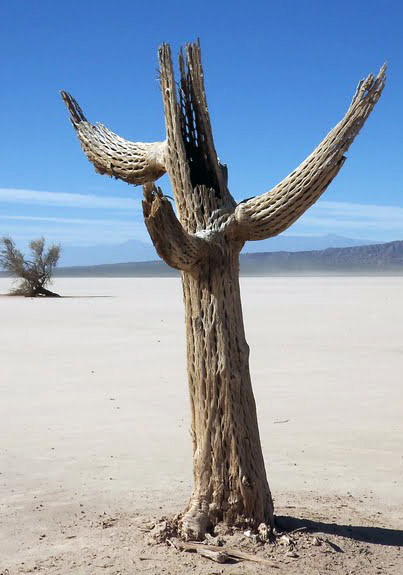It’s been a hot, dry summer in much of the US. In fact, it’s been so bad in Maine that we had to drop a whole page of rare glads from our catalog because our grower there is worried he won’t have any corms to share with us!

But how will it affect your bulbs? First some good news:
Bulbs are one of Nature’s clever survival strategies. They’re essentially underground bunkers where the plant can stay cool and store moisture. And once the weather improves, bulbs often bounce back better than most plants.
Some bulbs even prefer dry summers. Tulips and hyacinths, for example, evolved in parts of the world with little to no summer rainfall. That means yours may bloom better next spring than they usually do – at least if you’re in the eastern half of the country where normal summers are rainier.
And some bulbs like it hot. As long as you’ve kept them well watered, your tuberoses, rain lilies, crinums, and cannas are probably thriving this summer, and we hope you’re enjoying them!
On the other hand, dahlias often struggle or fail in hot summers. That’s because they’re native to the highlands of Mexico where days can be hot but nights are much cooler. When nights in your garden stay warm, growth will slow or stop and they may even die. If you water them too much when growth has stalled, they may rot underground.

Don’t despair, though! If you can just keep your dahlias limping along until temperatures cool, they’ll kick back into gear and bloom gloriously until frost. And for dahlias that can handle warm nights better, look for “heat-tolerant” in our descriptions – although even these have their limits.
Glads in hot summers can be attacked by tiny, almost invisible sucking insects called thrips. Thrips proliferate when it’s hot and can leave glad leaves and blossoms mottled, or even prevent buds from opening. For tips on control, see oldhousegardens.com/Thrips.
Glads may also develop zigzag stems in hot weather as they sag a bit during the day and then grow upright at night when evaporation slows. To minimize this, keep them well-watered and avoid damaging their shallow, wide-spreading roots.
High heat also affects flower colors. Deep-colored lilies such as ‘African Queen’ may be paler, bicolor dahlias such as ‘Deuil du Roi Albert‘ may bloom temporarily as solids, and the rosy tones of ‘Kaiser Wilhelm‘ and others won’t develop fully until the weather cools.
This fall is expected to be warmer and drier than usual, too. Since most spring-blooming bulbs start growing new roots in late summer or early fall, keep their soil reasonably moist then, and be sure to keep the bulbs you plant this fall especially well-watered.
And try not to worry. Bulbs have been dealing with challenging weather for millennia. And there’s always next year – which, as every gardener knows, is one of the great things about gardening.











